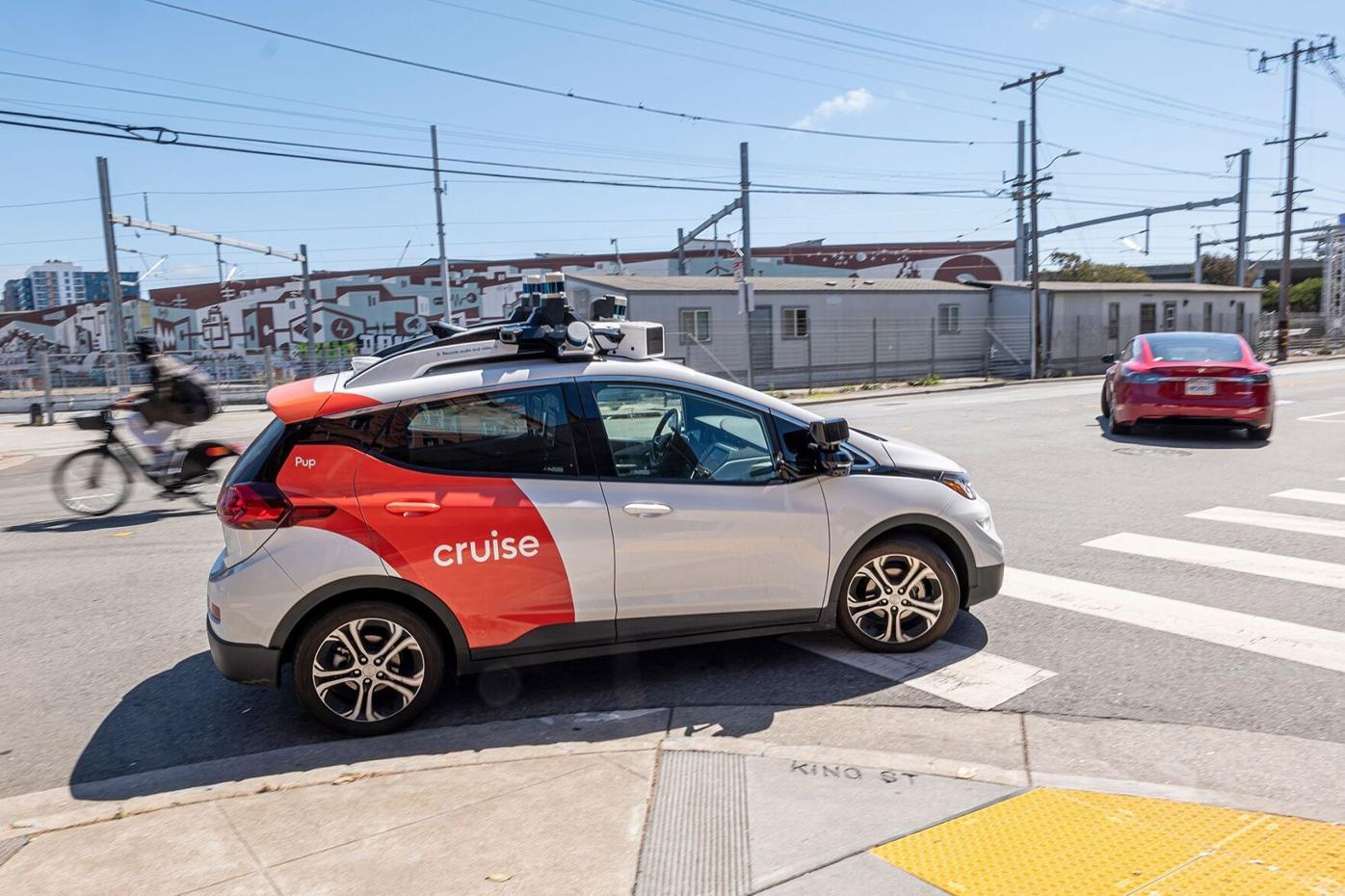GM’s Cruise slashed fleet of robotaxis by 50% in San Francisco after collisions
by Admin

California authorities have asked General Motors to “immediately” take some of its Cruse robotaxis off the road after autonomous vehicles were involved in two collisions – including one with an active fire truck – last week in San Francisco.
California’s Department of Motor Vehicles confirmed to CNN that it is investigating “recent concerning incidents involving Cruise vehicles in San Francisco.”
“The DMV is in contact with Cruise and law enforcement officials to determine the facts and requested Cruise to immediately reduce its active fleet of operating vehicles by 50% until the investigation is complete and Cruise takes appropriate corrective actions to improve road safety,” the department said in a statement.
The California DMV said that Cruise has agreed to the request, and a spokesperson from Cruise told CNN that the company is investigating the firetruck crash as well.
The accidents come less than two weeks after California regulators officially gave the green light for Cruise and competitor Waymo to charge money for robotaxi trips around San Francisco at any time of day. Prior to the approval, Cruise was only authorized to offer fared passenger service from driverless cars overnight from 10 pm to 6 am, when there are fewer pedestrians or traffic that could confuse the autonomous vehicle’s software.
The collisions, which both occurred on Thursday, reveal potential risks of driverless technology.
In a blog post, Cruise’s general manager for San Francisco said the firetruck crash occurred when an emergency vehicle that appeared to be en route to an emergency scene moved into an oncoming lane of traffic to bypass a red light. Cruise’s driverless car identified the risk, the blog post said, but it “was ultimately unable to avoid the collision.”
That crash resulted in one passenger being taken to the hospital via ambulance for seemingly minor injuries, according to the company.
Cruise told CNN the other crash on Thursday took place when another car ran a red light “at a high rate of speed.”
“The AV detected the vehicle and braked but the other vehicle made contact with our AV. There were no passengers in our AV and the driver of the other vehicle was treated and released at the scene,” Hannah Lindow, a Cruise spokesperson, told CNN.
It is unclear whether the two accidents would have been avoided had there been a human driver rather than an autonomous vehicle (AV) involved – but the crashes were not the only two incidents involving Cruise’s driverless cars in San Francisco last week.
On Tuesday, Cruise confirmed on X, formerly known as Twitter, that one of its driverless taxis drove into a construction area and stopped in wet concrete.
“This vehicle has already been recovered and we’re in communication with the city about this,” the company said.
California authorities have asked General Motors to “immediately” take some of its Cruse robotaxis off the road after autonomous vehicles were involved in two collisions – including one with an active fire truck – last week in San Francisco. California’s Department of Motor Vehicles confirmed to CNN that it is investigating “recent concerning incidents involving…
Recent Posts
- Liverpool ends 15-year curse with statement win over Real Madrid
- The TSA-approved hack that allows travelers to bring a bottle of water through airport security
- Подводный WiFi, аквапонные фермы: как морские техностартапы привлекают инвесторов
- “Подводный интернет”: эта женщина может подключить беспроводную сеть на 3-километровой глубине
- Inside the wild world of Osaka’s dangerous, adrenaline-fueled float festivals